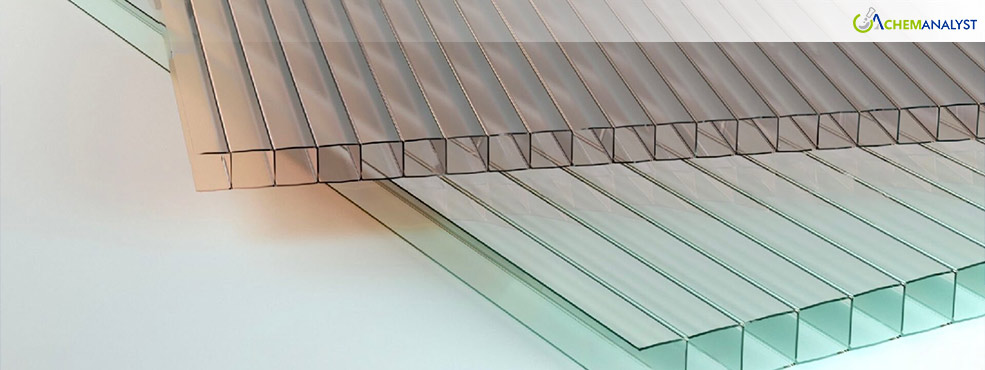Welcome To ChemAnalyst

Polycarbonate (PC) prices held steady across the United States and Asia in the week ending May 16, 2025, amid muted buying interest, sufficient supply levels, and soft feedstock costs influencing market sentiment.
Asian PC prices remained unchanged on weak cost support and steady plant rates. Although upstream feedstock bisphenol A (BPA) experienced a decline in the weekly prices, its overall impact on overall PC pricing was weakened this week. Downstream firms were still selling through inventory built up before the holiday period, and this kept poor trading levels. Domestic PC production in major countries like China was still high, and operating rates were still at around 83%, with weekly production still exceeding approximately 55,000 - 61,000 tons. Despite minimal volatility, the market remained in the oversupplied position with high inventories at distributor and producer levels.
Downstream converters are likely to be still purchasing only on a need basis due to weak new orders and conservative restocking strategies. PC Pricing was not yet affected by the anticipated cost push from recent crude oil rebounds and US-China trade negotiations. While the general trend in demand overall across key applications such as electronics and autos was at last year's pace at the same time, consumers were cautious, especially as global economic indicators showed a mixed picture. Slowing of spot cargo movement with resistance to bids at higher prices also underpinned PC prices.
In the U.S., polycarbonate prices stayed unchanged, with market stability driven by a steady equilibrium between supply and demand. Moreover, feedstock bisphenol A prices continued to decline this week, significantly impacting the PC price points. Domestic manufacturers ran plants at consistent levels, with no significant outages or stock shortages. Export demand from Latin America provided some support, though higher freight and improved Asian price realizations encouraged some sellers to reroute cargoes to the east.
While some spot allocations on exports were tightened, domestic demand remained weak. The auto sector, a large consumer of engineering plastics, saw level sales performance in April. Deeper economic uncertainties, such as the extension of U.S. sectoral tariffs on Chinese steel, aluminum, and auto parts, placed further downward pressure. Economists warned that the tariffs would lead to more costly cars, reduced auto production, and, in turn, weaker demand for chemicals used in auto manufacture.
Other sectors, including consumer electronics and appliances, also saw their procurement hampered by inflationary pressure and tight credit conditions. Thus, most converters stuck to just-in-time procurement habits, refraining from the creation of forward inventories in the overall PC downstream market.
As per ChemAnalyst, in the coming period, PC market players on both sides will have to closely observe geopolitical and trade developments. While short-term conditions suggest continued PC price stability, patterns further down the line will be contingent on developments in the energy markets, tariff regimes, and a potential pickup in downstream industry activity.
We use cookies to deliver the best possible experience on our website. To learn more, visit our Privacy Policy. By continuing to use this site or by closing this box, you consent to our use of cookies. More info.
